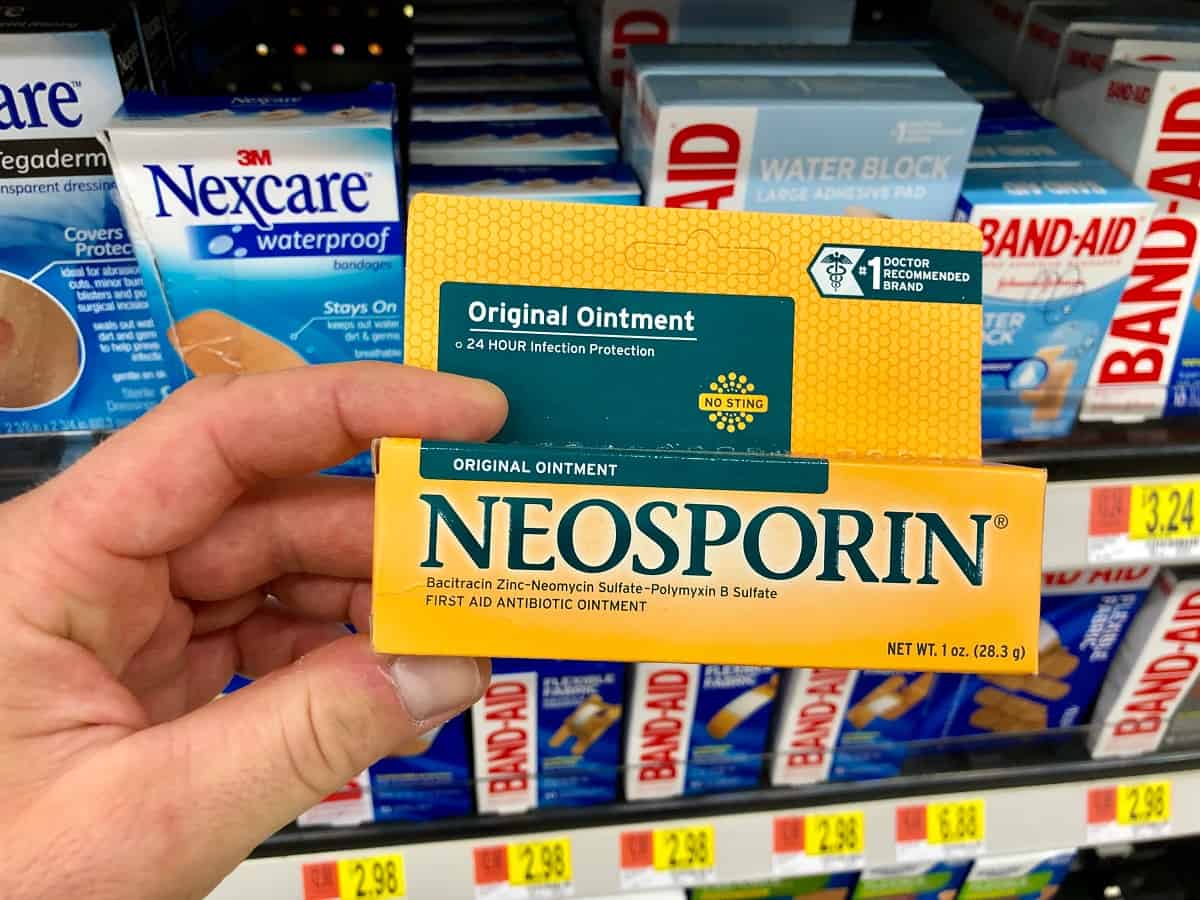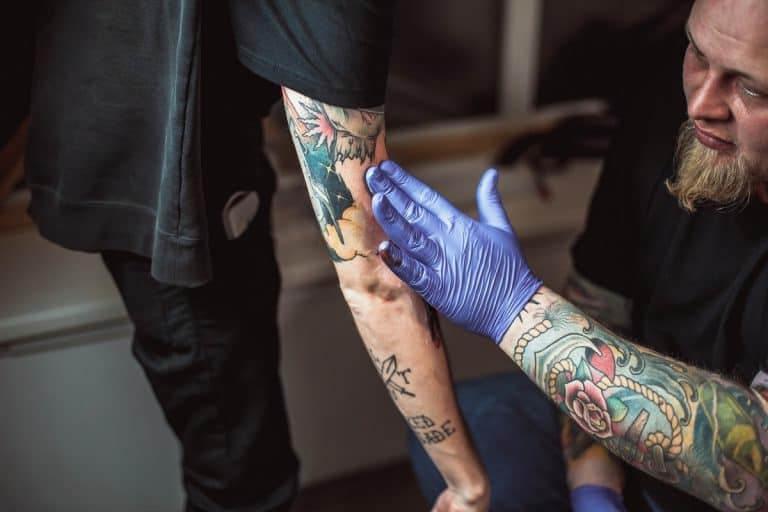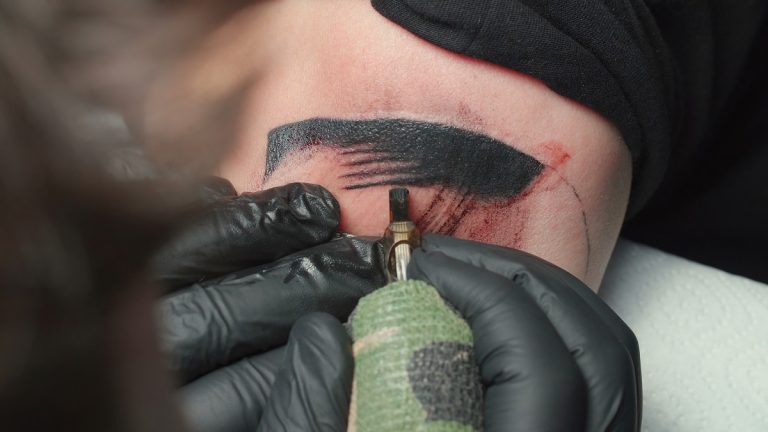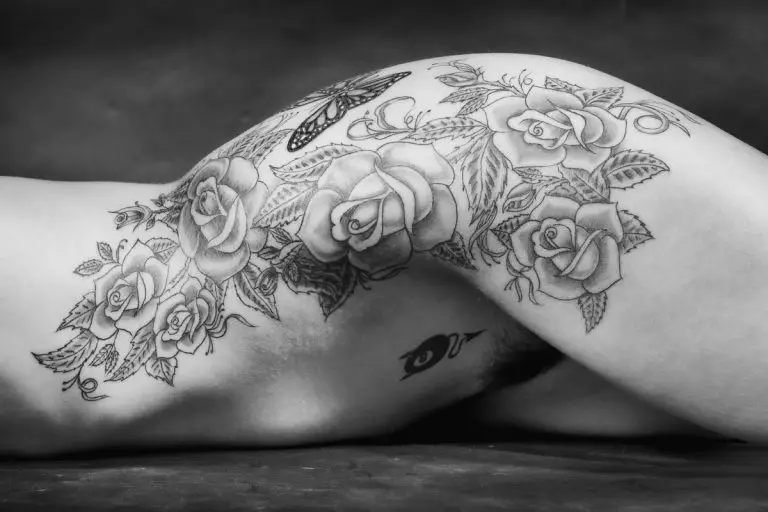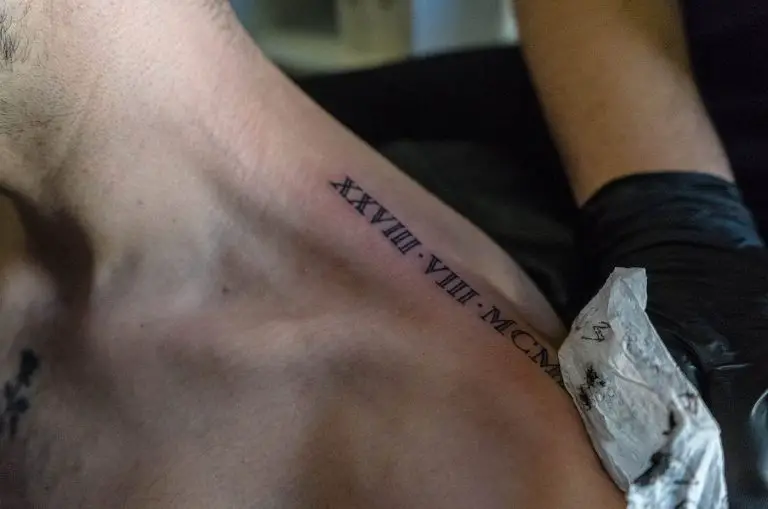Can You Use Neosporin On a Tattoo: Avoid an Ugly Mess
To get a good tattoo and have an overall pleasant tattoo experience you need to find a reputable tattoo artist, right? However, many seem to forget about an equally important aspect of getting a good tattoo, which is tattoo aftercare. Without proper after-tattoo care, one is risking improper tattoo healing, prolonged healing time, and even tattoo inflammation or infection. That is why every reputable tattoo artist provides their clients with a detailed guide for proper tattoo aftercare.
Nevertheless, people are always curious about shortcuts, tips, and tricks that will make their tattoo allegedly heal better and faster. As understandable as it is, sometimes the products people recommend online can be dangerous to use on sensitive, damaged skin such as tattooed skin. Other times, the recommendations are completely nonsensical and can lead to serious health issues.
Lately, we’ve noticed people recommending Neosporin as a good choice for tattoo aftercare. Because there is so much misinformation online, we’ve decided to tackle this issue and provide proper, reliable information to our readers. So, can you use Neosporin on a new tattoo? Let’s find out!
Can You Use Neosporin On A Tattoo?
What is Neosporin?
Before we get into the details of using Neosporin on tattoos, we first need to figure out what this product is in the first place. Neosporin is a triple-antibiotic ointment. It is used to treat minor skin infections caused by burns, cuts, or scrapes.
The product contains ingredients like bacitracin, neomycin, polymyxin, and antibiotics which help stop bacteria growth and prevent bacterial skin infections. Neosporin is considered a form of self-medication, as it is available for purchase without a prescription.
This product isn’t meant to be used to treat serious skin infections caused by deep cuts, deep wounds, animal bites, serious burns, etc. Before using this product, it is recommended to discuss it with your doctor, especially in cases of damaged or highly sensitive skin.
Using Neosporin on Tattoos
Despite it being seemingly logical to be able to put Neosporin on a healing tattoo, it is far from recommended one does so. Neosporin, being an antibiotic ointment, is only meant to be used on minor wounds and cuts. Tattoos are far from minor founds; they’re considered to be open wounds in the initial healing stage and have to be treated as such.
One thing about tattoos people tend to forget is that one should NOT put any kind of ointment on a healing tattoo until it starts drying out and closing. Even then, the products you can use on your tattoo are specialized and limited.
Neosporin, alongside other similar ointments, acts as a skin barrier. For a healing tattoo, this can be catastrophic. A skin barrier (think of Vaseline, for example), traps the moisture inside and doesn’t allow the skin to breathe and be dry.
As a result, the ‘covered’ area becomes the perfect place for bacteria growth and germ buildup. This, of course, very quickly leads to skin inflammation and infection; the very thing Neorporin is designed to help treat. Neosporin therefore, inadvertently, prevents the tattoo from healing, prolongs the healing process, and can directly lead to a skin infection when applied regularly.
Neosporin and Tattoos – Main Side Effects
Because Neosporin is such a common over-the-counter medication, people have a hard time understanding why it is not meant to be used on tattoos. That is why we decided to list out all the potential side effects one can experience when using Neosporin on a healing tattoo. Of course, you can discuss the use of Neosporin with your doctor, but in the majority of cases, it is a bad idea to use this product on a healing tattoo. Here are the main potential side effects one can encounter when using Neosporin on a tattoo;
- Increased skin moisture – because Neosporin acts as a skin barrier when applied to the tattoo, you may notice the skin being increasingly damp. This is a bad sign and a direct side effect of the use of Neosporin. Excess dampness of the tattooed area hinders the healing and prevents the tattoo to dry out and closing, so it can continue the normal healing process.
- Rashing and skin redness – sometimes people experience an allergic reaction to Neosporin. The allergic reaction causes hives and red rashes around the tattooed area. You may experience itchiness and discomfort, but it is essential not to scratch the itchy area. You may introduce bacteria and germs to the tattoo and promote infection development.
- Skin/tattoo infection – all the aforementioned side effects eventually lead to a potential skin/tattoo infection. Neosporin can also cause your body to build up a resistance to antibiotics since this product is a triple-antibiotic ointment. Of course, the infection itself can cause a load of issues, some of them being increased pain, tattoo leaking, tattoo design being messed up, and the overall tattoo healing improperly.
- Scarring – one of the direct results of a tattoo infection caused by the use of Neosporin is the development of scaring and the loss of tattoo ink/color. Scarring on the tattoo can mess up the overall design of the tattoo and its general appearance. Loss of color contributes to the same issues, unfortunately.
What Can You Use On a Healing Tattoo?
Once your tattoo is ready to be externally hydrated with lotions and ointments, you need to use tattoo-friendly products to prevent moisture build-up, bacteria growth, and the dreaded tattoo infection. Your tattoo artist will probably recommend some products, but we’ve decided to share with you some of our favorite tattoo-friendly lotions and ointments which help the tattoo heal, prevent scabbing, and generally help the skin regenerate and heal nicely;
- Brooklyn Grooming Tattoo Balm – this ointment is specifically created for tattoo aftercare. It contains regenerating, anti-fungal oils and butter that help the skin heal without clogging or irritating it. The product is 100% natural and contains ingredients like shea butter, hemp, and sesame seed oil, as well as organic vitamin E. The ointment/balm is vegan, fragrance-free, and organic.
- Hustle Butter Tattoo Aftercare Balm – this is one of the best tattoo aftercare balms on the market. It is specifically made to help the tattoo heal, which makes it completely safe for use during the tattoo healing process. The product is 100% natural and contains organic ingredients, including shea butter, mango and aloe butter, rice bran oils, green tea, as well as vitamin E. The butter doesn’t clog the skin, encourages healing, and reduces irritation.
Read More:
Final Thoughts
We would like to emphasize again that Neosporin is not made to help tattoos heal. The product is designed to help prevent irritation and inflammation of minor skin injuries, like cuts, burns, and scrapes. It is not designed to help heal major wounds and skin damage, tattoos included.
Neosporin simply contains a mix of ingredients (including the product formula and texture) that prevent the skin to breathe, dry out, close, and heal. The product trap moisture and promotes bacteria growth and germ buildup. There are much better tattoo aftercare options out there, so make sure to check them out and approach your tattoo aftercare carefully and mindfully.
Also Read: Is Aquaphor Good For Tattoos: Ultimate Guide (2023 Updated)
- Safe, non-toxic plant-based temporary tattoos made with 100% high-definition printing for a realistic look without the pain
- Easy to apply and remove - just stick for 20 seconds then take off
- Set includes 5 sheets with 17 fun, delicate designs like hearts, cats, smiles, suns, moons, and more
- Waterproof and long-lasting - stays on up to 2 weeks of wear
- Fashionable for women, men, girls and boys
- Place on arm, wrist, neck, leg, finger, waist, foot and more
- Great for parties, birthdays, and showing your unique style

